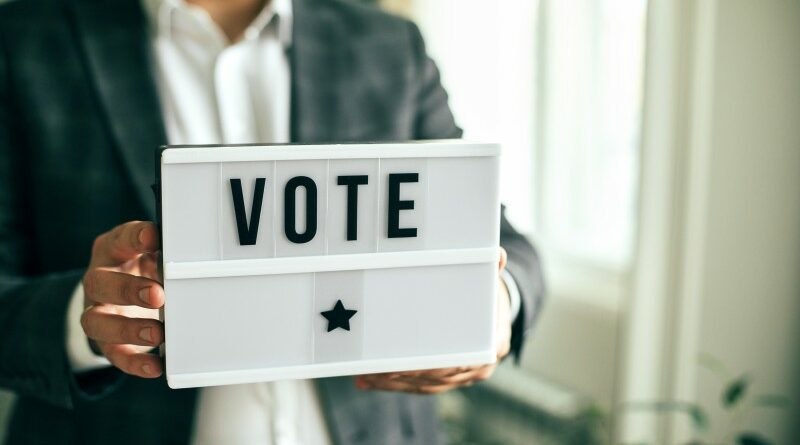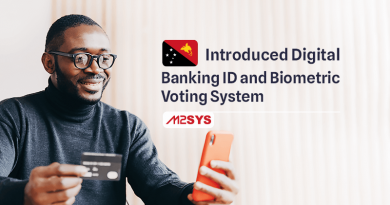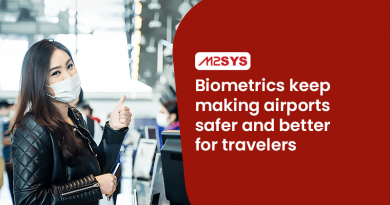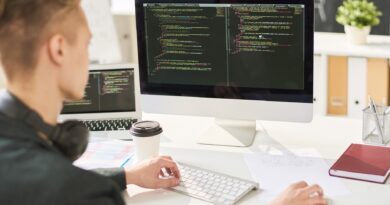Zimbabwe Adopts Biometric Deduplication System for Voter Registration
The Zimbabwe Electoral Commission (ZEC) launched a Biometric Voter Registration (BVR) blitz across the country that started in October of 2017. The whole registration process was divided into four parts with 72- day intervals.
ZEC reported that 5,264,674 people have registered in the system since the beginning of voter registration process as of February 7th, 2018. During the mop-up voter registration process, 385,192 people were registered into the central database.
ZESN (Zimbabwe Election Support Network), a non-governmental organization that observes all electoral processes in Zimbabwe since 2000, is closely monitoring the ins and outs of the Biometric Voter Registration (BVR) Mop-up exercise.
Currently, the commission has felt pressure to share the details regulations of data management, voters’ roll inspection, and biometric deduplication processes to reduce the stakeholders’ fears.
ZEC needs to share the regulations of the whole process of biometric voter registration including biometric deduplication with the stakeholder to let them understand the process correctly.
However, to perform a massive level deduplication process, it has to be a top class, high speed, and, superscalar biometric matching system to operate correctly.
Bio-Superserver™ is a superscalar, high-performance, one-to-many multi-biometric identification system. The multimodal system supports various biometric modalities including fingerprint, finger vein, palm vein, iris, and facial biometrics.
It has capability of matching at least 100 million fingerprints per second in a single server. This system can match:
- 100 million fingerprints per second
- 30 million iris templates per second
- 50 million face templates per second, and
- 750,000 finger vein templates per second
As a fast and high speed deduplication system, it is capable of manage large scale deployments including:
- Patient identification: It can work across health care networks
- Student identification: It can work across school districts
- Inmate identification: It can work within detention centers
- Customer identification: It can work for banking institutions
- Government biometric deduplication projects such as national ID, passport issuance, and voting.
- Membership management deduplication.
If you need any help about a biometric deduplication solution, visit M2SYS’ website or directly contact us.
News Source: Kubatana












